
Mitsubishi 4J10 engine
Content
Mitsubishi Motors has developed a completely new engine system with an improved starting system and fuel-saving technology. This is a 4j10 MIVEC engine equipped with an innovative GDS phase electrical control system.

The birth of a new engine installation
The engine is assembled at the SPP plant. Its implementation on the company's car models will be carried out sequentially. "Innovative technologies - new challenges," the company's administration officially announced, hinting that soon most of the new cars will be equipped with engines of this type. In the meantime, 4j10 MIVEC is provided only for Lancer and ACX.
Operation showed that cars began to consume 12 percent less fuel than before. This is a big success.
The impetus for the introduction of innovation was a special program, which is the main part of the main business plan of the corporation called "Jump 2013". According to it, MM plans to achieve not only a reduction in fuel consumption, but also an environmental improvement - up to 25% reduction in CO2 emissions. However, this is not the limit - the idea of development of Mitsubishi Motors by 2020 implies a reduction in emissions by 50%.
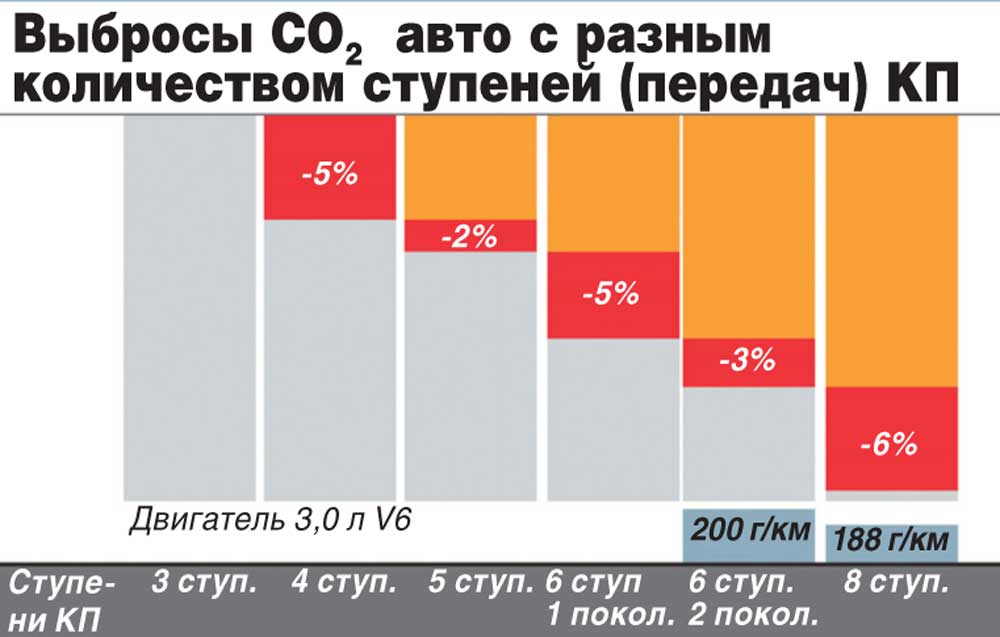
As part of these tasks, the company is actively engaged in innovative technologies, implements them, and tests them. The process is ongoing. As far as possible, the number of cars equipped with a clean diesel engine is increasing. Improvements are also being made to gasoline engines. At the same time, MM is working on the introduction of electric cars and hybrids.
Engine description
Now for 4j10 MIVEC in more detail. The volume of this engine is 1.8 liters, it has an all-aluminum block of 4 cylinders. The engine has 16 valves, one camshaft - located in the upper part of the block.
The motor unit is equipped with a new generation of hydraulic distribution system, which continuously regulates the inlet valve lift, phase and time of its opening. Thanks to these innovations, stable combustion is ensured and friction between the piston and cylinders is reduced. In addition, this is an excellent option for saving fuel without losing traction.
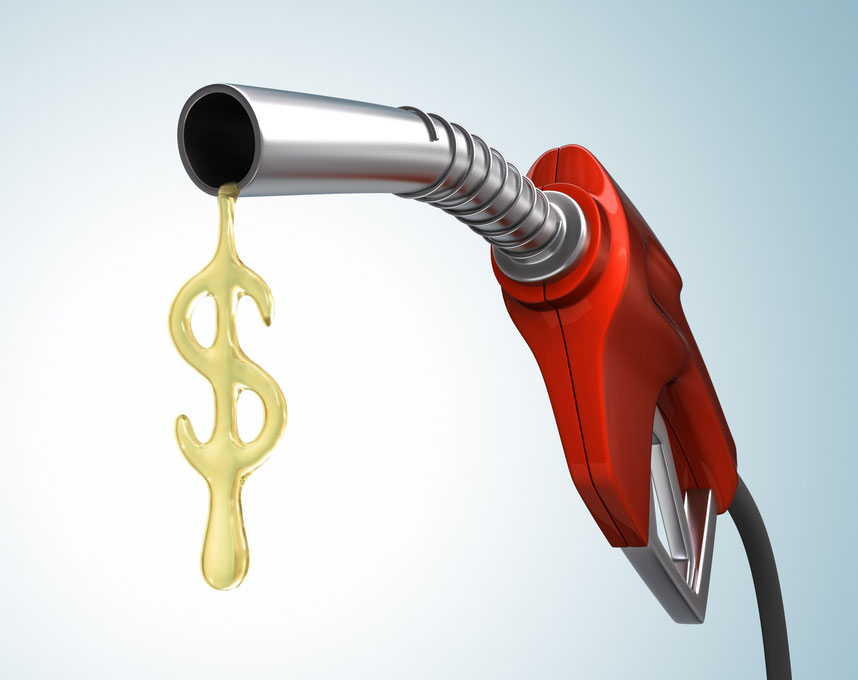
The new 4j10 engine received a lot of feedback from Lancer and ACX car owners. We recommend that you study them before drawing conclusions regarding the advantages or disadvantages of the new motor.
| Engine displacement, cc | 1798 |
| Maximum power, hp | 139 |
| CO2 emission in g / km | 151 – 161 |
| Cylinder diameter, mm | 86 |
| Add. engine information | Distributed injection ECI-MULTI |
| Fuel used | Petrol Regular (AI-92, AI-95) |
| Number of valves per cylinder | 4 |
| Maximum power, h.p. (kW) at rpm | 139 (102) to 6000 |
| Maximum torque, N * m (kg * m) at rpm. | 172 (18) to 4200 |
| The mechanism for changing the volume of cylinders | no |
| Fuel consumption, l / 100 km | 5.9 – 6.9 |
| Start-stop system | Yes |
| Compression ratio | 10.7 |
| engine's type | 4-cylinder, SOHC |
| The piston stroke, mm | 77.4 |
MIVEC technology
The first time MM installed a new electrically controlled GDS phase system on engines was in 1992. This was done with the intention of increasing the performance of the internal combustion engine at any speed. The innovation was successful - since then the company began to implement the MIVEC system systematically. What has been achieved: real fuel savings and a reduction in CO2 emissions. But this is not the main thing. The motor did not lose its power, remained the same.
Note that until recently the company used two MIVEC systems:
- a system with the ability to increase the valve lift parameter and control the opening duration (this allows you to control according to a change in the speed of rotation of the internal combustion engine);
- a system that monitors regularly.
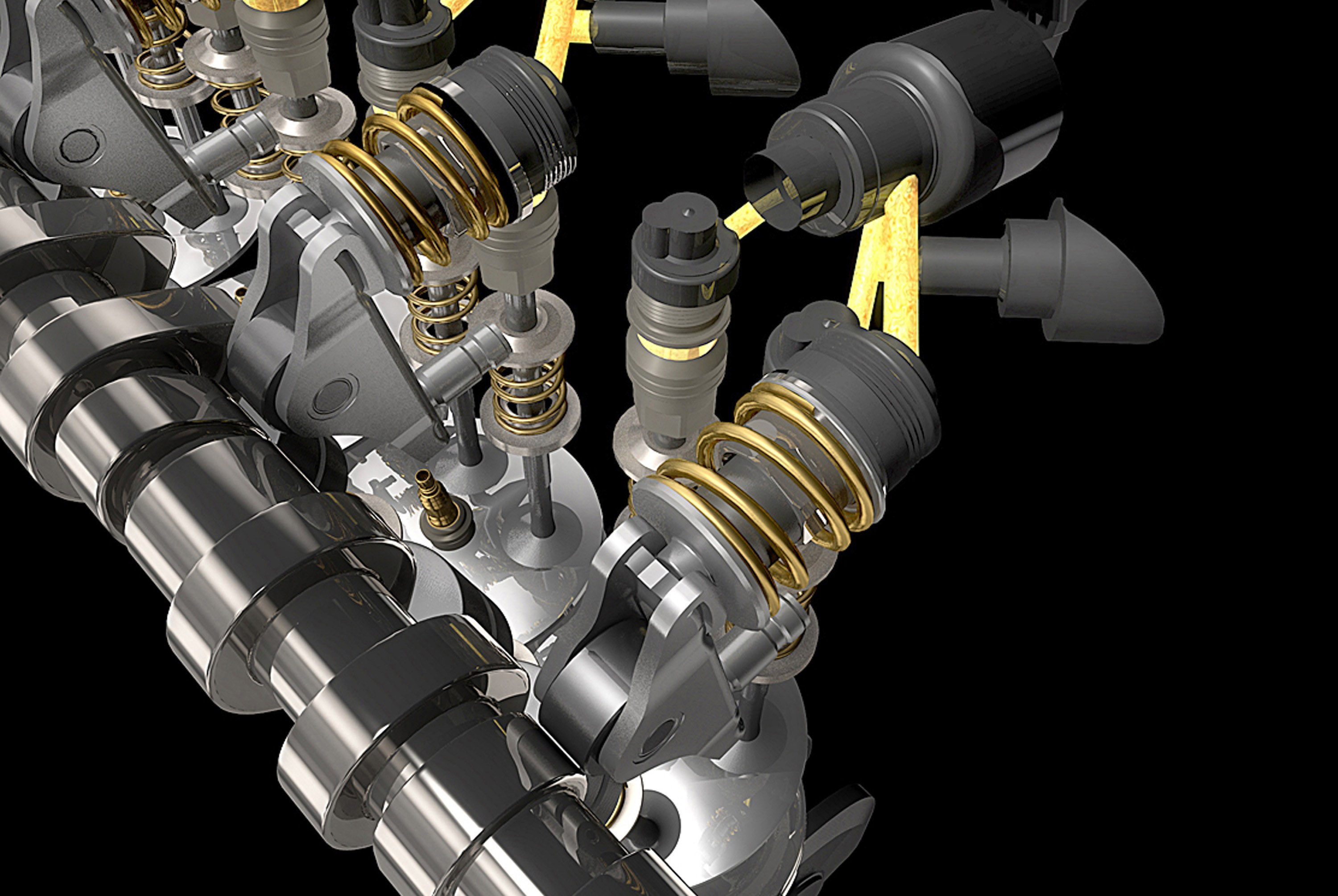
The 4j10 engine uses a completely new type of MIVEC system that combines the advantages of both systems.. This is a general mechanism that makes it possible to change the position of the height of the valve and the duration of its opening. At the same time, control is carried out regularly, at all stages of the operation of the internal combustion engine. The result is an optimal control over the operation of the valves, which automatically reduces the losses of a conventional pump.
The new advanced system can work effectively in engines with a single overhead camshaft, which allows to reduce the weight of the engine and its dimensions. The number of related parts is reduced to achieve compactness.
Auto Stop&Go
This is a system for automatically turning off the engine during short stops - when the car is standing under traffic lights. What does it give? Allows significant fuel savings. Today, Lancer and ACX cars are equipped with such a function - the result is beyond praise.
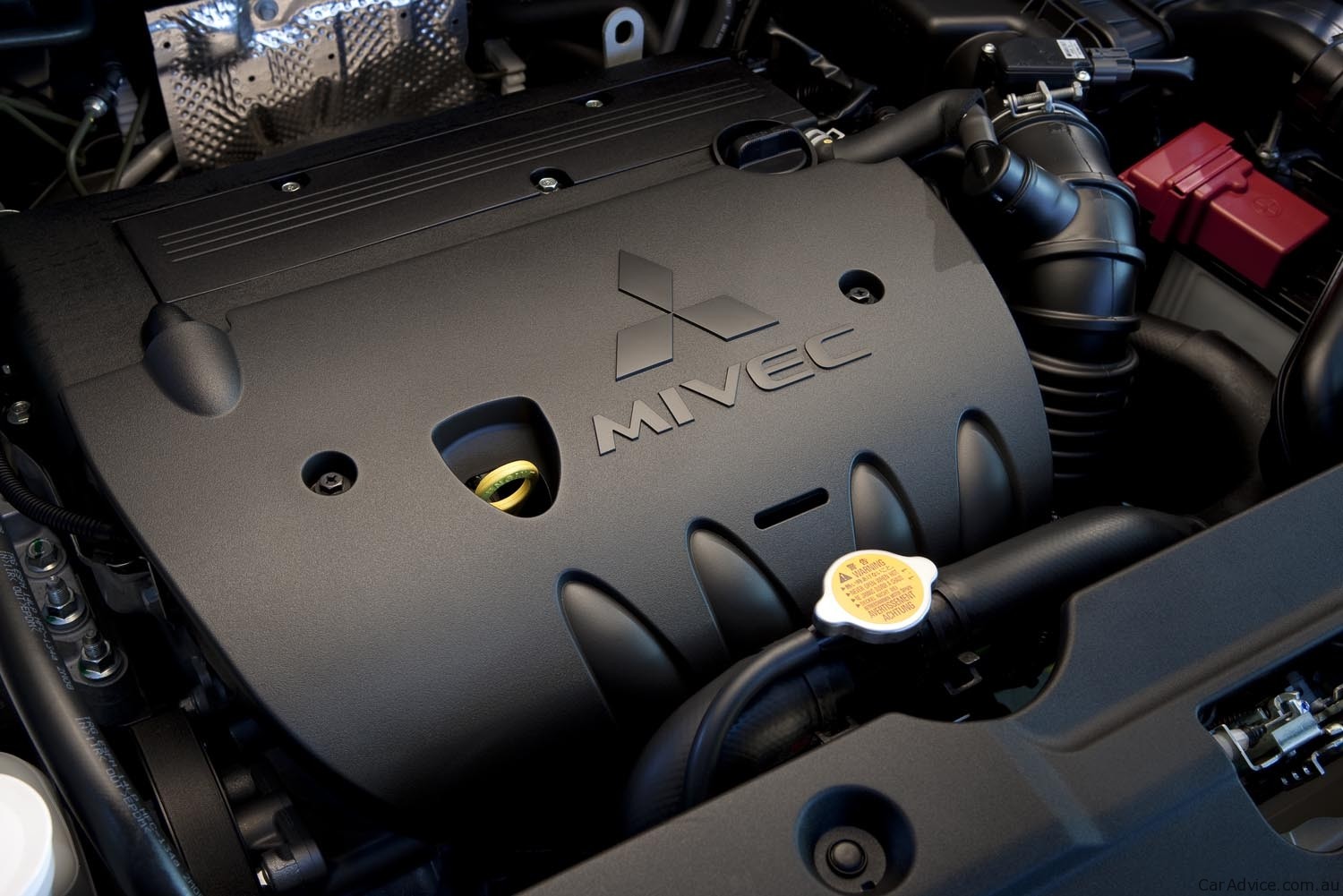 Both systems - Auto Stop & Go and MIVEC significantly increase the technical capabilities of the engine. It starts up faster, starts well, shows amazing smoothness in all modes. But the most important thing is that less fuel is consumed, both under normal driving conditions and during maneuvers, restarts, and overtaking. This is the merit of innovative technology - a low valve lift is maintained during the operation of the internal combustion engine. Thanks to the Auto Stop & Go system, braking forces are controlled during the shutdown of the engine system, which allows you to stop the car on slopes without worrying about its involuntary rolling.
Both systems - Auto Stop & Go and MIVEC significantly increase the technical capabilities of the engine. It starts up faster, starts well, shows amazing smoothness in all modes. But the most important thing is that less fuel is consumed, both under normal driving conditions and during maneuvers, restarts, and overtaking. This is the merit of innovative technology - a low valve lift is maintained during the operation of the internal combustion engine. Thanks to the Auto Stop & Go system, braking forces are controlled during the shutdown of the engine system, which allows you to stop the car on slopes without worrying about its involuntary rolling.
A fly in the ointment
Japanese engines, however, like German ones, are famous for their high quality and reliability. They have become a kind of standard proclaiming the triumph of advanced technologies. The introduction of the new 4j10 is a clear proof of this.
Not only the newest installations produced by the MM corporation are popular, but also the old ones that are in demand. This is due to the fact that outside of Japan, the Mitsubishi concern cooperates with the best companies for the production of spare parts.
For the most part, Japanese-made motors are compact. This is due to the priority direction of the company, aimed at the production of small cars. Most of all in the line of 4-cylinder units.
However, unfortunately, the design of cars equipped with Japanese engines does not adapt well to the quality of Russian fuel (4j10 is no exception). Broken roads, which are still in large numbers in the vast country, also make their black contribution. In addition, our drivers do not drive carefully, they are used to saving on good (expensive) fuel and oil. All this makes itself felt - after a few years of operation, it becomes necessary to overhaul the engine, which cannot be called a low-cost procedure.
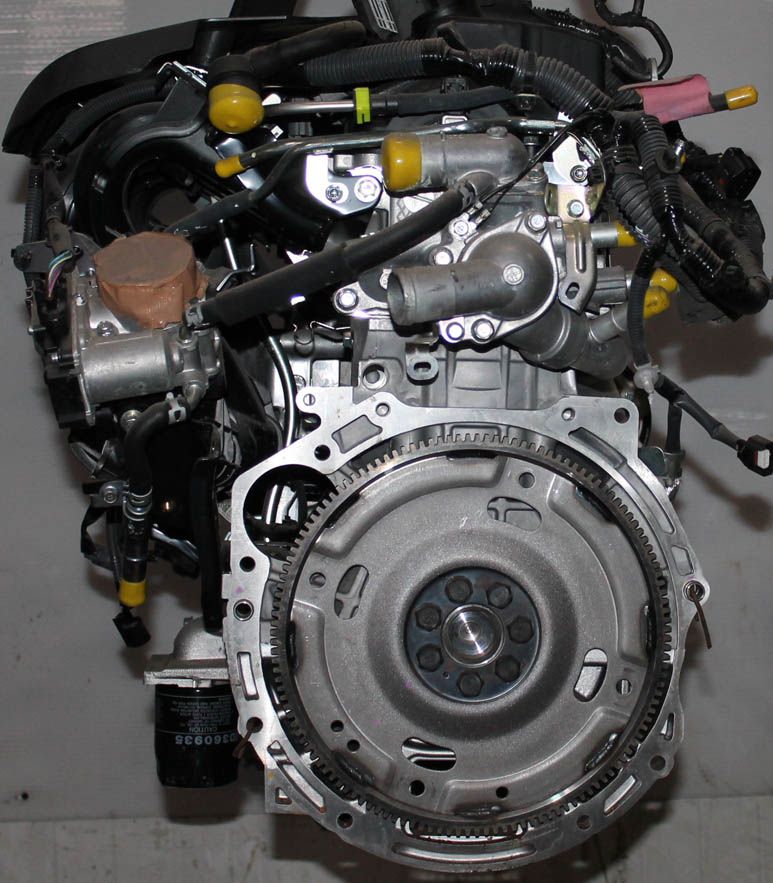
So, what prevents the correct operation of Japanese motor installations in the first place.
- Filling the system with inexpensive low quality oil kills the engine like a bullet fired from a machine gun. Attractive at first glance, savings have a detrimental effect on the technical characteristics of motors. First of all, poor-quality lubricant spoils the valve lifters, which quickly become clogged with waste products.
- Spark plug. For the smooth functioning of the engine, it is necessary to complete it exclusively with original elements. The use of cheap analogues easily leads to breakdown of armored wires. Therefore, regular updating of wiring with original components is a prerequisite.
- Injector clogging is also caused by the use of low-quality fuel.
If you own a Mitsubishi car equipped with a 4j10 engine, be on the lookout! Carry out a technical inspection in a timely manner, use only original and high-quality consumables.


One comment
Sheldon
Where can I purchase valve lifters for this 4J10 ENGINE ?